Privacy Overview
This website uses cookies so that we can provide you with the best user experience possible. Cookie information is stored in your browser and performs functions such as recognising you when you return to our website and helping our team to understand which sections of the website you find most interesting and useful.
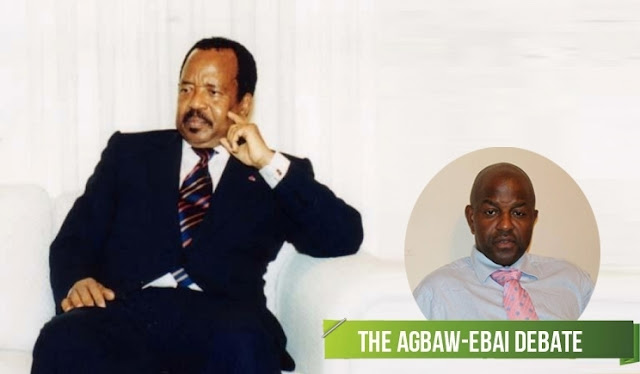


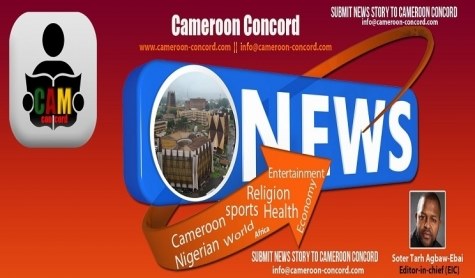
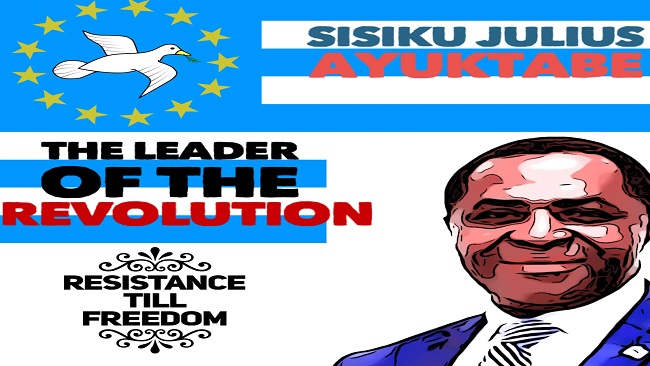






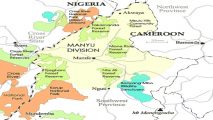



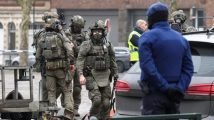


1, August 2019
Federal Republic of Ambazonia: UN Crisis Situation Report 0
HIGHLIGHTS
SITUATION OVERVIEW
Humanitarian
The humanitarian situation in the NWSW regions of the country continues to deteriorate. At least 1.3 million people are in need of assistance and over 530,000 people are internally displaced. Access to people in need is becoming increasingly difficult for the humanitarian community due to rising insecurity. Access constraints hamper humanitarian assessments and prevent assistance reaching those most vulnerable. The conflict is characterized by violations of international humanitarian law with civilians, particularly women and children most vulnerable. Funding for the humanitarian response from the international community falls very short of meeting the increasing needs.
Political
The situation in the NWSW continues to be very tense. International and national actors have continued to mount pressure on both parties for a ceasefire and to initiate a negotiated peace process.
This month, the NWSW Women’s Task Force announced a Black Wednesday Campaign against continuous violence in the two regions. Women dress in black on the first and last Wednesdays of each month, committed to do so until the ongoing crisis is resolved. The National Executive Committee of the Social Democratic Front (SDF – leading opposition party in NWSW)) made a statement on 10 June noting that violence has escalated in the two regions after the visit of the Prime Minister. On 18 June, the conveners of the Anglophone General Conference (AGC) met in Douala. They clarified that the AGC is not a mediating body, but a platform aimed at providing a conducive and impartial forum for people in the grassroots to gather proposals for solutions and submit to the Head of State, who is the guarantor of the sovereignty of the state. The conveners gave no date for the event.
International advocacy has sparked hopes of humanitarian visibility and possible dialogue. On 5 June the Norwegian Refugee Council (NRC) named the NWSW crisis in Cameroon as the world’s most neglected displacement crisis. In addition, a group of US Senators introduced a bill aimed at suspending US military assistance to Cameroon until Cameroonian military and security forces improve respect for international human rights standards. On 27 June the Swiss Government announced that the Federal Department of Foreign Affairs (FDFA) in partnership with the Centre for Humanitarian Dialogue has offered his good-office to act as a facilitator in the crisis in the NWSW. A meeting with several independentist groups took place in Switzerland ahead of 27 June 2019 to prepare for dialogue between the groups and the Cameroonian Government. While some independists reject the initiative, others have made public their consent to engage in the talks. The UN and EU have expressed their support for this initiative.
On 6 June, the Minister-delegate in charge of defence visited Bamenda (NW). He met with regional authorities and military commanders. This month, the Government created a Humanitarian Coordination Centre, with two offices in Bamenda (NW) and Buea (SW). Placed under the department of Civil Protection of the Ministry of Territorial Administration, the Centre’s mission is to implement Government humanitarian assistance and coordinate humanitarian activities in the NWSW. On 14 June, the Governor of the NW region lifted the curfew placed in the region since November 2018. The curfew which had lasted eight months restricted movement of persons and property in the NW region from 9pm to 6am. It was a temporal measure by the Governor to curb the heightened insecurity. The Governor also partially lifted the ban on the use motorbikes in some subdivisions of the NW. On 17 June, the President of Cameroon extended the mandates of Members of Parliament (MPs) and Municipal Councillors (including Mayors) to 29 February 2020, postponing local and legislative elections. Legal proceedings continued against people linked to the crisis. On 13 June, a court in the UK sentenced to two years imprisonment a man accused of posting messages that called for violence in Cameroon and bombing of Cameroon’s High Commission. On 19 June, the court case against Ayuk Tabe and Co held in Yaoundé took place and was adjourned to 9 July. The day was met with a ghost town. Ghost towns continued every Monday in both regions.
Security
Violence remained high in June with communal confrontations, targeted killings and harassments. Abductions also continued. There were confrontations between communities, and between parties to the conflict. From 8 to 10 June fighting between the military and opposition armed groups in Esu – Wum (NW) led to several civilian deaths and dozens of houses burnt. One soldier was reported dead and a health center destroyed. Non-State armed groups (NSAGs) have accused a particular community of siding with the military in this incident. The Governor of the NW released a press statement on 4 June condemning the events.
Kidnapping rates increased again in June. On 7 June, gunmen kidnapped the owner of a travel agency in Bamenda (NW) before releasing him hours later. In mid-June gunmen abducted three students of a Teachers Training College in Bambili (NW) and the proprietor of a high school in Limbe (SW). Following the construction of some bridges in Wum (NW), gunmen kidnapped dozens of people who embarked on the road on 18 June. They were freed days after. On 23 June, gunmen abducted the Mayor of Ndu (NW) before releasing him the next day. On 25 June, an armed group reportedly abducted the Archbishop of Bamenda in Belo (NW) before releasing him the next day. On 28 June, armed men abducted the chairperson of the Social Democratic Front (SDF), the leading party in the predominantly Anglophone regions, in Bamenda (NW). He was released on 29 June. The chairperson, Ni John Fru Ndi, is very vocal about the crisis. This is not the first time he is a victim of abduction.
Harassment and torture were also recurrent this month. A video circulated on social media, showing the military harassing a group of men (reportedly from Kurt – Nwa, NW). These men were reportedly found dead after the incident. On 13 June, armed men cut off the leg of a teacher in Mungo village (SW). The teacher survived but was in critical condition. This tragic event illustrates the growing attacks against education activities and personnel. On 21 June, the military reportedly took away a patient that an NGO had evacuated into a Baptist hospital in Mutengene (SW). The patient was reportedly later found dead in Tiko (SW).
Parties to the conflict continued targeting and killing both their opponents and civilians. Fighting between NSAGs and security forces on 5 June reportedly led to the death of three people in Ndekwai (SW) and three in Babungo (NW). On June 12 and 13, fighting between NSAGs and the military led to the death of one member of a NSAG and a civilian in Santa (NW). On 12 June clashes between the military and NSAG in Jakiri (NW) led to several deaths. A local market and houses were burnt during the confrontation. Several villagers fled to the bushes for safety. On 14 June six people were found dead in Babanki village (NW) with no clear indication of who killed them. On 15 June, four Government forces were allegedly killed, and others wounded after their vehicle was blown by an explosive in Otu (SW). In a statement released the same day, the Minister of Communication accused opposition armed groups of conducting the attack with Improvised Explosive Devices (IED). Although this is the first time the Government is admitting to such a loss in the region resulting from IEDs, it is not the first-time separatist fighters have announced that they are using IEDs. Continuous use of IEDs will worsen conflict dynamics. On 27 June, the military reportedly shot at least four people in Sabga (NW). On 17 June NSAGs declared that humanitarian assistance sent from Yaoundé by the Government was allegedly poisoned and that such governmental convoys should be attacked. On 23 June, allegedly NSAGs burnt down trucks carrying WFP supplies in Pinyin (NW).
However, the humanitarian convoy was not marked with UN or partner logo.
Culled from reliefweb.int